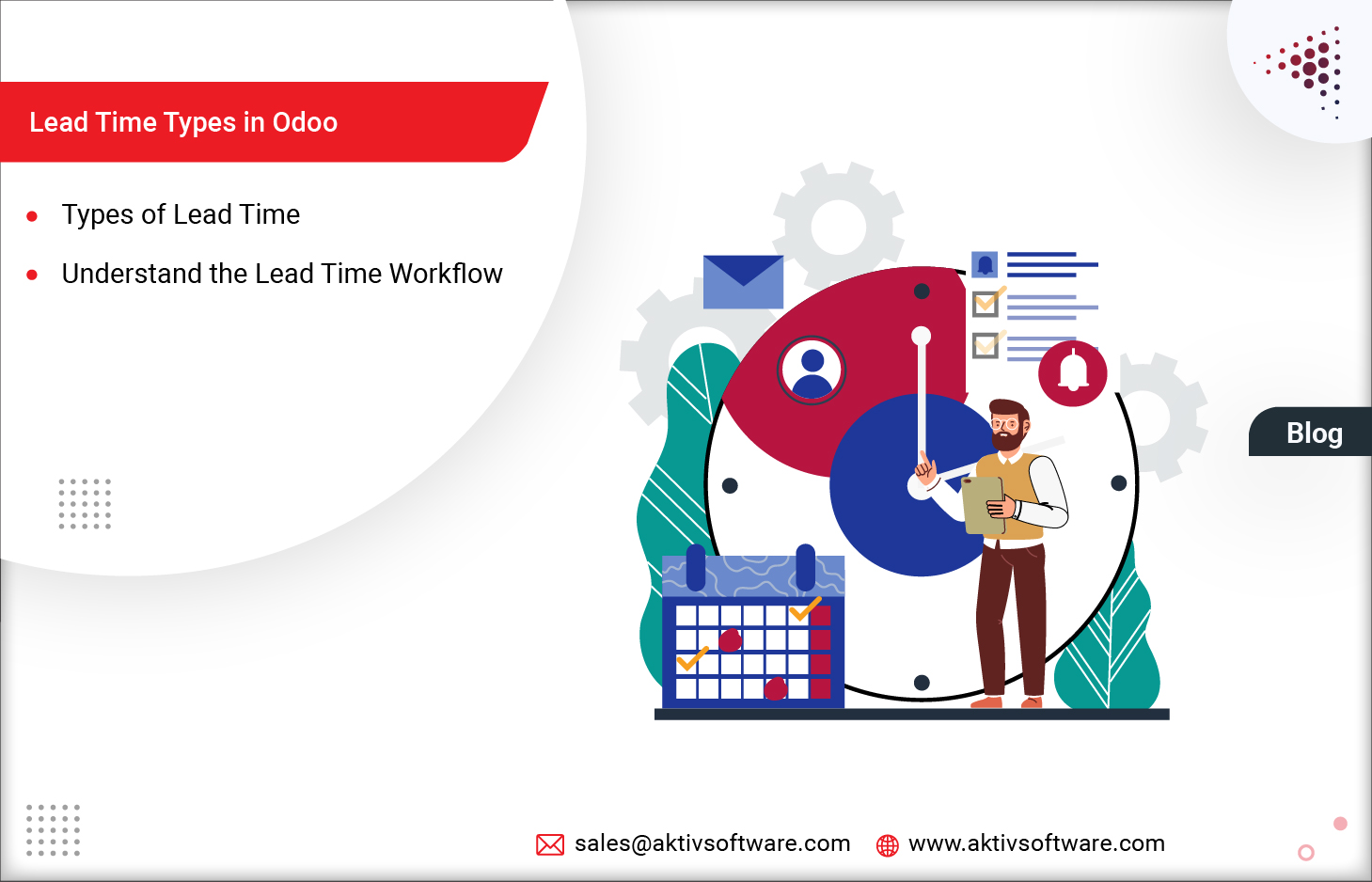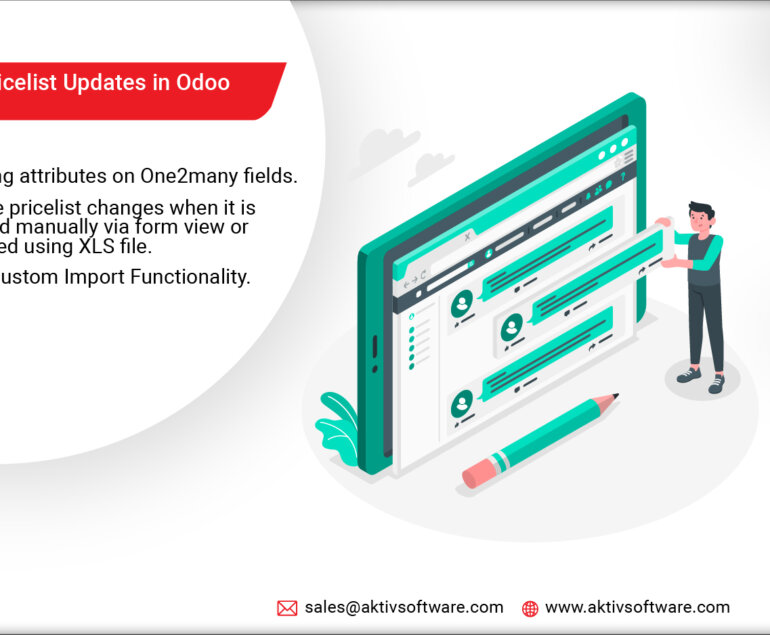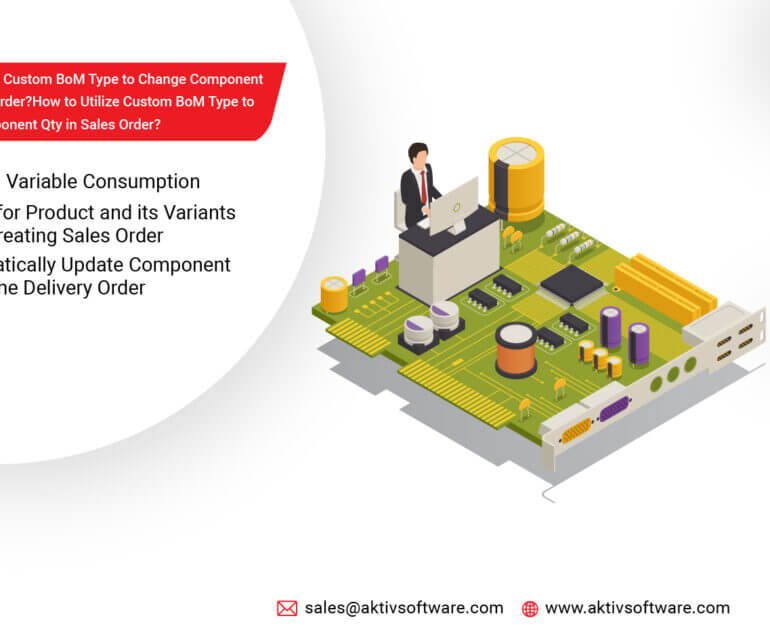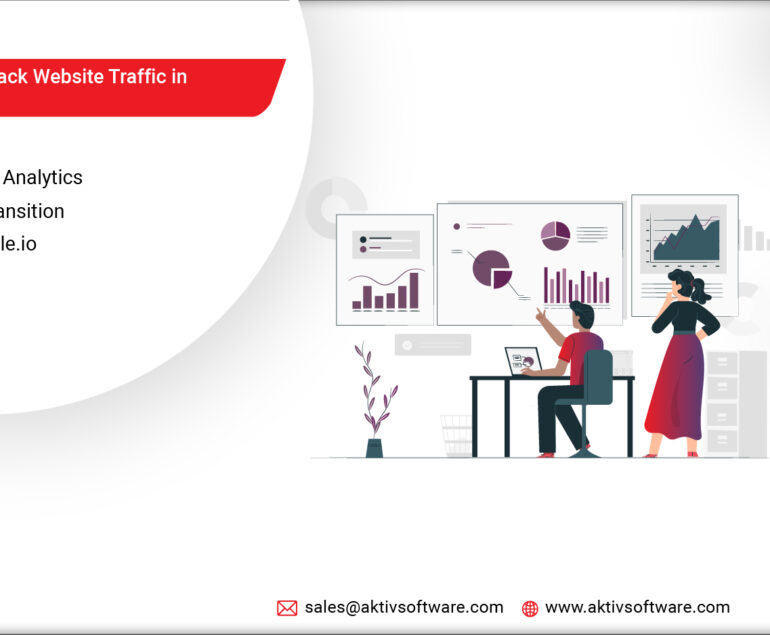For businesses dealing with inventory, production, and deliveries, understanding lead times is crucial. There are various lead time types to help you simplify your production process.
There are various Lead time types in Odoo, designed to optimize your workflow and enhance efficiency. This blog aims to be your insightful guide, simplifying these intricacies and helping you leverage them effectively.
Breaking Down the Basics: Lead Time Types in Odoo
What are lead times? In the context of ERP, they represent the time taken for a specific activity to complete, encompassing various stages like procurement, manufacturing, and order fulfillment.
Let’s go through each lead time type available in Odoo for a better understanding:
Sales Lead Time in Odoo: This signifies the standard timeframe for fulfilling customer orders, starting from confirmation to shipment. It helps set expectations and guides production planning.
Sales Security Lead Time: This acts as a buffer, pushing the scheduled delivery date earlier to account for potential delays. It ensures your team has ample time to prepare, mitigating last-minute scrambling.
Odoo Purchase Lead Time: This reflects the average duration between confirming a purchase order and receiving the goods. It aids in accurate inventory forecasting and timely procurement.
Purchase Security Lead Time: Similar to sales security, this proactively advances the order deadline on a purchase order, reducing the risk of vendor or shipping delays.
Manufacturing Lead Time in Odoo: This denotes the estimated time needed to complete a manufacturing order from confirmation. It incorporates weekends and non-working hours, providing an expected production date.
Manufacturing Security Lead Time: This functions similarly to the purchase security lead time, adding a buffer to the manufacturing lead time to ensure timely completion.
Let’s Walk Through an Example: Ordering Custom T-shirts in Odoo
Imagine you run a small business that prints custom t-shirts. A customer places an order for 50 shirts with a logo design. Let’s see how Lead Time Types in Odoo will function together for a smooth and timely delivery:
- Odoo Customer Lead Time:
Let’s set a standard customer lead time of 10 days for custom orders.
Upon order confirmation, Odoo automatically sets the scheduled delivery date 10 days from then (e.g., order confirmed on Feb 13th, delivery on Feb 23rd).
This informs the customer of the expected delivery timeframe and sets deadlines for internal operations.
- Purchase Lead Time for T-Shirts and Raw Materials:
You have a purchase lead time of 5 days with your t-shirt supplier.
Odoo calculates the order deadline by subtracting the lead time from the scheduled delivery date (Feb 23rd – 5 days = Feb 18th).
By Feb 18th, you need to place a purchase order with your supplier to ensure the shirts arrive on time.
You will require specific materials like ink and vinyl for the custom logo design. These have a separate purchase lead time of 3 days.
Odoo calculates the order deadline for supplies using the same method (Feb 18th – 3 days = Feb 15th).
You need to place the order for supplies by Feb 15th to guarantee their arrival before printing begins.
- Manufacturing Lead Time (Printing & Quality Check):
You estimate printing and quality check to take 2 days.
Odoo subtracts this from the deadline for supplies (Feb 15th – 2 days = Feb 13th).
This is the latest you can receive the supplies to start printing without impacting the delivery deadline.
Note:
Key Benefits of Utilizing Lead Times Types in Odoo:
- Clear visibility into lead times across stages fosters informed decision-making and improved planning.
- Precise lead times enable meticulous scheduling of procurement, production, and deliveries, optimizing resource allocation and preventing bottlenecks.
- Security lead times act as safety nets, minimizing the impact of unforeseen delays and ensuring timely outcomes.
- Realistic delivery estimates based on accurate lead times set proper expectations and boost customer satisfaction.
- Lead times guide purchase decisions and inventory levels, preventing overstocking or stock outs.









